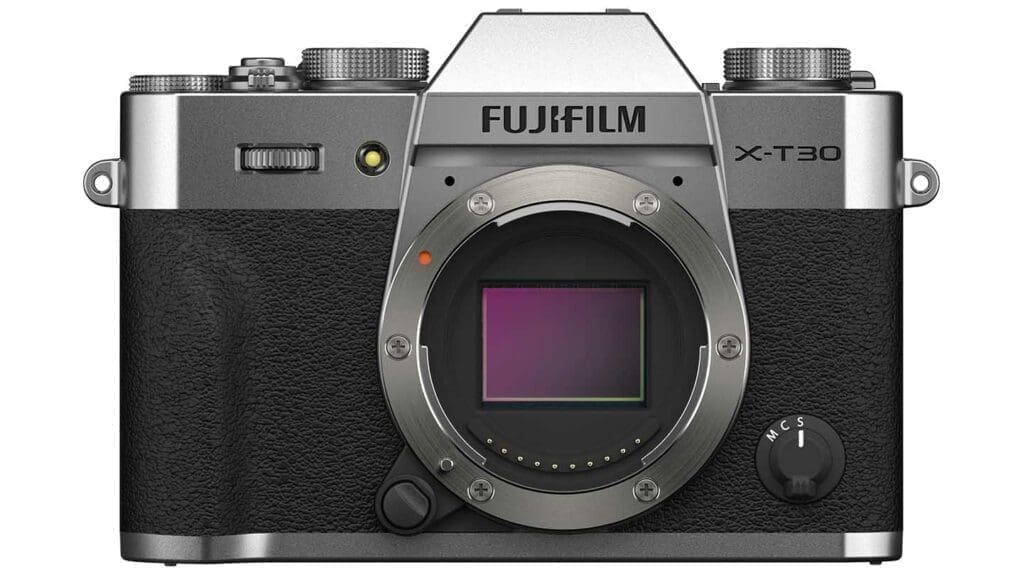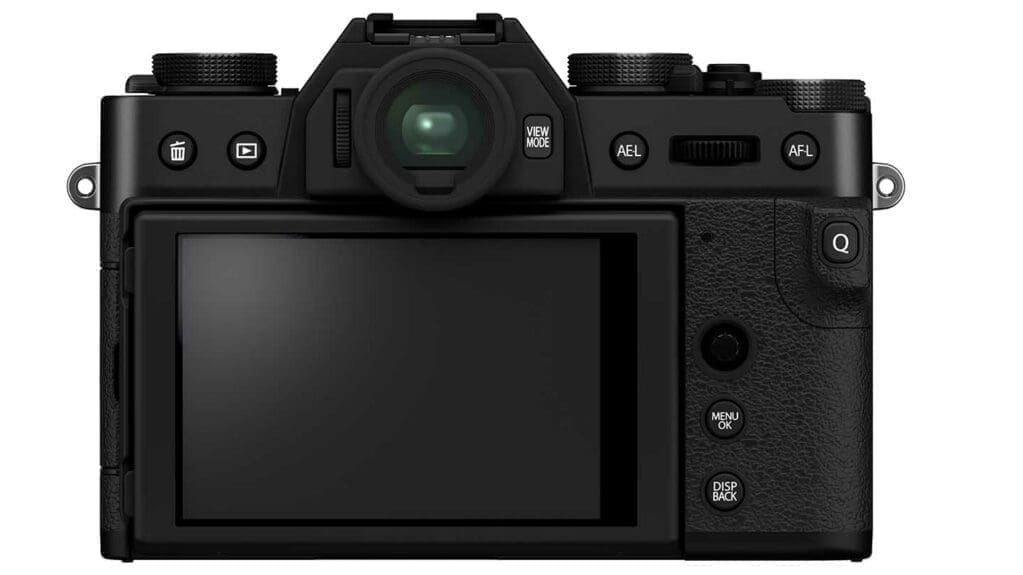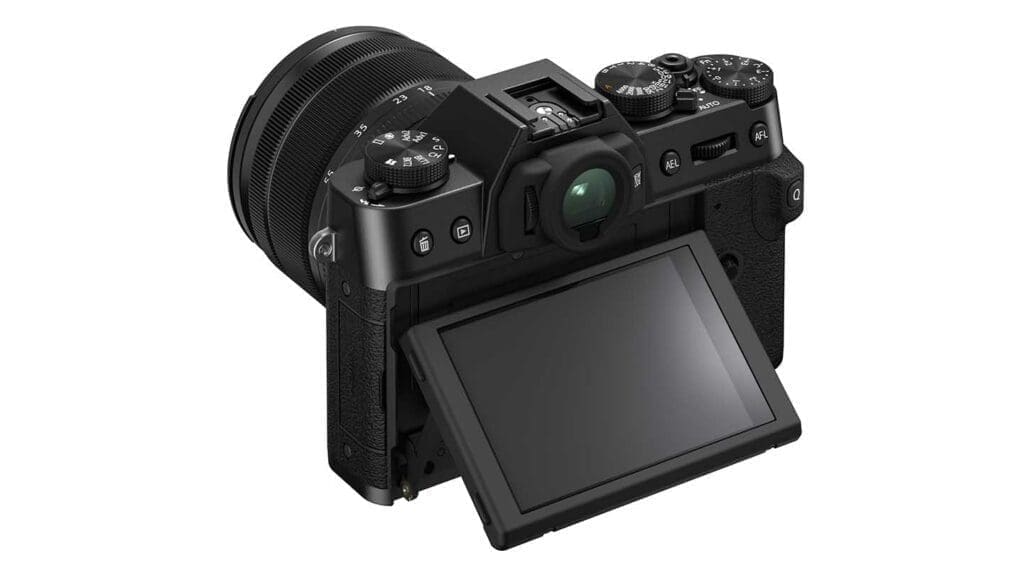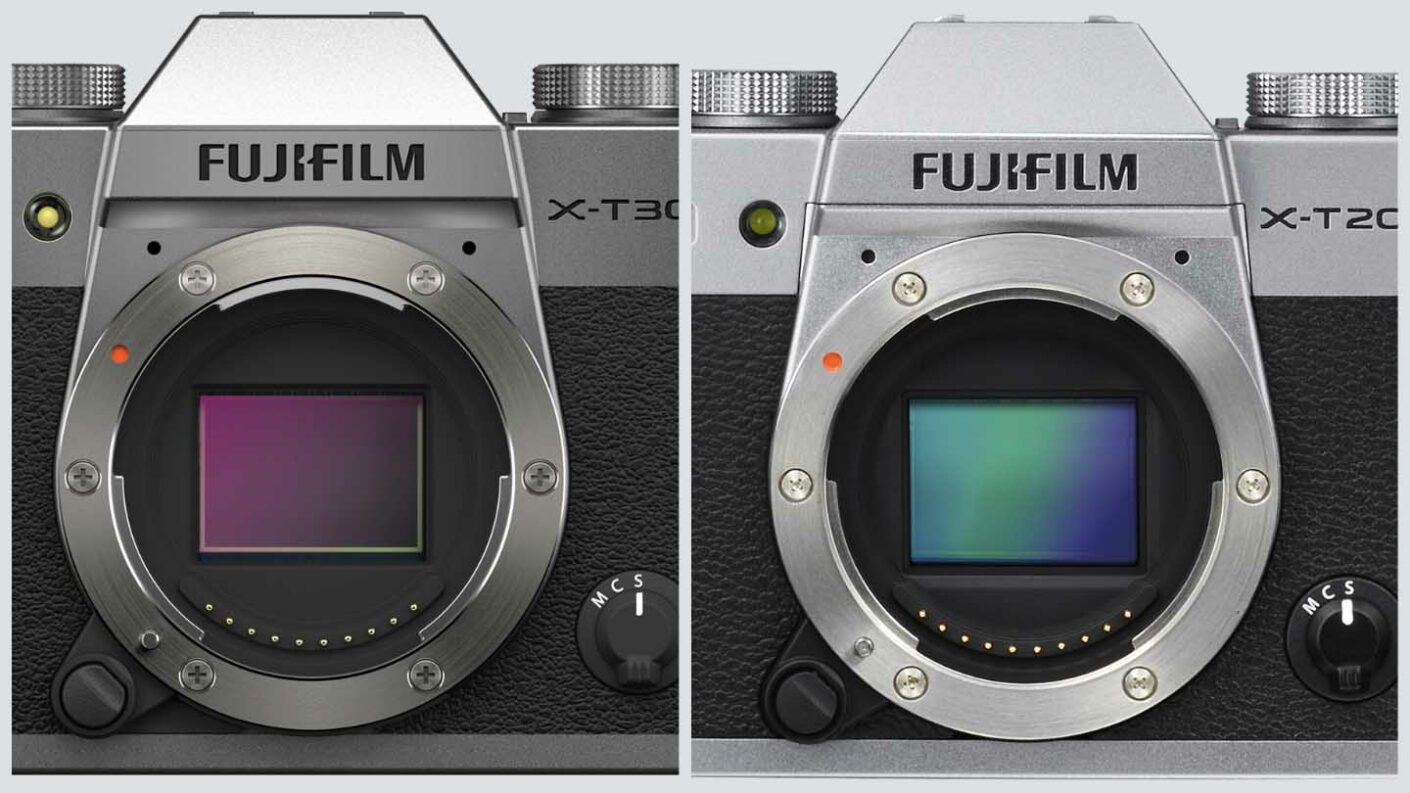Thanks to their excellent feature set, Fujifilm’s X-T-double-digit line of APS-C format mirrorless cameras have proved very popular amongst enthusiast photographers looking for a smaller, lighter and more affordable alternative to the X-T-single-digit cameras like the Fuji X-T4 and X-T3. They’re also travel-friendly and can tackle most things that come their way.
The Fujifilm X-T30 II is the latest introduction to the line, making a few upgrades to the excellent X-T30, which itself replaced the X-T20.
In this post, we compare the X-T30 II with the X-T20 to help you decide which to go for if you’re a first-time buyer. We’ll also help existing X-T20 users work out whether to sell the current camera and upgrade to the new model.

Sensor
- Fujifilm X-T30 II: 26.1Mp X-Trans BSI CMOS 4
- Fujifilm X-T20: 24.3Mp X-Trans BSI CMOS III
The Fuji X-T30 II and X-T20 both have an APS-C format sensor but whereas the X-T20 has Fujifilm’s third-generation X-Trans CMOS sensor, the X-T30 II (like the X-T30) has the fourth generation. This is the same 26.1Mp backside-illuminated (BSI) sensor as is in the superb Fujifilm X-T4 and X-T3, meanwhile the X-20 has the 24.3Mp sensor that’s found in the X-T2.
The BSI technology of the X-T30 II’s sensor helps the camera to keep noise under control because the pixels are a little larger than they would be on a non-BSI chip, but in terms of detail resolution, there’s not much to choose between the two cameras.
Processor
- Fujifilm X-T30 II: X-Processor Pro 4
- Fujifilm X-T20: X-Processor Pro III
Like the sensor, the processing engine inside the X-T30 II is one generation newer than the one in the X-T20. Again, it’s the same as in the X-T4 and X-T3. This extra processing power gives the X-T30 II the ability to shoot full-resolution images at up to 20fps (frames per second) or 30fps with a 1.25x crop when the electronic shutter is in use, and 8fps at full-resolution with the mechanical shutter. The X-T20 can muster the same 8fps rate with the mechanical shutter as the X-T30 II, but its maximum full-resolution rate with the electronic shutter is 14fps.

Autofocus system
- Fujifilm X-T30 II: Hybrid AF with up to 425 points in a 17 x 25 grid
- Fujifilm X-T20: Hybrid AF with up to 325 points in a 13×25 grid
The X-T20’s autofocus system is fast and accurate enough to shoot sport and action, but the X-T30 II has better coverage of the frame and benefits from Fuji’s latest focusing algorithms. This means the X-T30 II’s focusing system is faster and is even better at tracking moving subjects.
The AF improvements aren’t just noticeable in normal lighting conditions as the X-T30 II’s low light performance is also better and it’s rated down to -6EV with an f/1.4 lens.
Eye and Face detection AF is an increasingly in-demand feature and while the X-T20 has it, the improvements made to the X-T30 II’s AF system and its greater processing power means it’s more able to detect a human face or eye in the scene and track it around the frame.
Video
- Fujifilm X-T30 II: DCI 4K (4096×2160) up to 30p
- Fujifilm X-T20: 4K (3849×2160) up to 30p
The Fuji X-T30 II builds on the X-T20’s 4K (3849×2160) 30p video capability with the addition of 4K (3849×2160) at up to 30p plus Fujifilm’s F-log profile for producing flat footage designed for post-capture grading.
The newer camera also offers 4:2:2 10-bit colour via HDMI in addition to 4:2:0 8-bit internal recording. In comparison, the X-T20 maxes out at 4:2:2 8-bit via HDMI and 4:2:0 8-bit internal recording. Furthermore, the X-T30 II has a maximum bitrate of 200Mbps rather than 100Mbps.
Perhaps the most significant difference for most potential X-T20 and X-T30 II users, however is that the X-T20 uses line skipping while the X-T30 employs 6K oversampling which means it delivers sharper, better quality movies. Also, the X-T20 is limited to recording clips of up to 10 minutes whereas the X-T30 II can shoot continuously for up to 30 minutes.
Viewfinder
- Fujifilm X-T30 II: 0.39-inch 2,360K-dot OLED electronic viewfinder with 17.5mm eyepoint, 0.62x magnification
- Fujifilm X-T20: 0.39-inch 2,360K-dot OLED electronic viewfinder with 17.5mm eyepoint, 0.62x magnification
There’s no difference to report here, the two cameras both use the same 0.39-inch type OLED electronic viewfinder. Crucially, it provides a good preview of the captured image on each camera.

Screen
- Fujifilm X-T30 II: 3-inch 1.62-million-dot tilting touchscreen
- Fujifilm X-T20: 3-inch 1.04-million-dot tilting touchscreen
With 1.62-million dots, the screen on the Fuji X-T30 II is a little crisper than the X-T20’s which has 1.04-million dots. Both can be tilted up or down to help with composing images in landscape format and both are touch-sensitive, but only the X-T30 II allows the Quick menu options to be selected by touch.

Film simulation modes
- Fujifilm X-T30 II: 18 modes
- Fujifilm X-T20: 15 modes
Fujifilm is widely respected for the colour rendition of it Jpeg images and its Film Simulation modes have proved popular as there’s something to suit every scene. The X-T20 has 15 modes including Classic Chrome, Provia, Velvia and Astia for colour images, and the excellent Acros plus Acros with yellow, red or green filter effects for black and white. As you’d expect, the X-T30 II has all the X-T20’s Film Simulation modes plus Eterna Bleach Bypass, Eterna Cinema and Classic Negative, all of which have won lots of fans since their introduction.

Should I sell my Fujifilm X-T20?
The Fujifilm X-T20 is a great little camera that has a nice solid feel and delivers excellent quality images, but the X-T30 II makes some nice changes that make it worth considering an upgrade. For example, the X-T30 II’s AF system is snappier, around 5.5-stops more sensitive in low light and the face and eye detection is more effective.
Anyone interested in capturing split-second moments could also benefit by upgrading from the X-T20 to the X-T30 II as the newer camera can shoot full-resolution images at up to 20fps when the electronic shutter is activated. That’s up from 14fps with the X-T20. What’s more, if you don’t mind a 1.25x crop reducing the image size to 16.6Mp, the X-T30 can shoot at 30fps.
Of course, the X-T30 II also uses Fujifilm’s 26.1Mp backside-illuminated APS-C format X-Trans CMOS 4 sensor paired with the fourth generation X-Processor which enables it to capture subtly better high-ISO images. There’s also impressive dynamic range and latitude at low sensitivity (ISO) settings.
While the X-T30 II looks a lot like the X-T20, there’s a notable change on the back of the camera as the navigation pad is replaced by a mini-joystick control. It’s a much slicker way of shifting the AF point around. In addition, the gesture control on the screen lets you access some key features quickly and intuitively.
Picking between the two cameras, the Fujifilm X-T30 II makes the better choice and a worthy upgrade from the X-T20.
Sponsored: Thinking of selling your Fujifilm X-T20 to upgrade? Get a free instant quote from MPB and find out what your kit is worth. Selling your gear to MPB is easy and secure. Plus get free doorstep pickup and super-fast payment. We’re loved and trusted by more than 250,000 visual storytellers around the world and we’re rated excellent with five stars on Trustpilot. Buy. Sell. Trade. Create.



